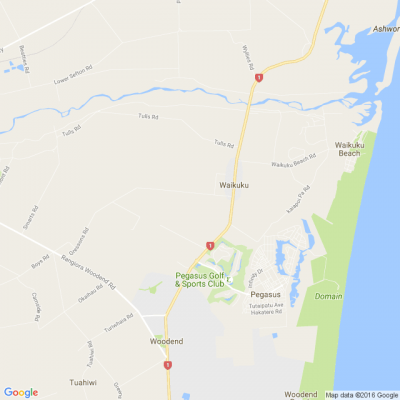
Know what’s happening
Access the private noticeboard for verified neighbours near you. Keep informed about any suspicious activity, send urgent updates to your neighbours when required and discuss emergency planning.
Get to know your neighbours
Browse the directory and start getting to know your neighbours. Don’t want to post to the whole neighbourhood? Send a private message.
Buy, sell and give away
Want to declutter your garage? Buy some used household items? Give away some garden stuff? Become a verified neighbour to browse and post items for sale. Trading is simple when everyone lives nearby.

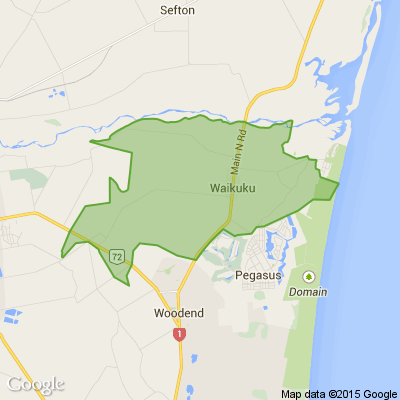
Nearby
Ashley, Kainga - Brooklands, Rangiora, Swannanoa - Ohoka, Hurunui District , Loburn, Kaiapoi, Pegasus, Fernside, Woodend, Spencerville, Sefton
Thank you for using Neighbourly
You may receive an email confirmation for any offer you selected. The associated companies will contact you directly to activate your requests.
WANTED WANTED WANTED:
Gold • Coins • Watches • Banknotes • Antique • Jewellery • Collectables
The market for many antiques, collectables, vintage watches, artefacts, gold and silver items has been buoyant these past few years. So if you are considering selling any of these or … View moreWANTED WANTED WANTED:
Gold • Coins • Watches • Banknotes • Antique • Jewellery • Collectables
The market for many antiques, collectables, vintage watches, artefacts, gold and silver items has been buoyant these past few years. So if you are considering selling any of these or similar items then our specialist buyers would like to make an offer.
Any items will be considered so please don’t be shy and visit one of our venues.
Large or valuable collections? Single items? Downsizing, moving or decluttering? Family not interested? or simply turning unwanted items into cash.
*Immediate payment made *No commission or waiting *Free no obligation appraisal *Onsite security *Please have your bank details handy
Whether you have a large and valuable collection or a single item of broken jewellery please take this opportunity to see us at a venue near you.
See us at a venue near you - See venues here: https://www.goldco.co.nz/.
Goldco Antique Buyers | Member NZNDA | www.goldco.co.nz | email: goldco@xtra.co.nz | Ph: 0800 105 228
Find out more

Rob & Kate from Rangiora
Lunar Clubman, self-contained caravan, in very tidy condition
Light easy to tow or maneuver.
End bathroom.
2 Awnings, one full and one shade.
$18000.00 O.N.O
For further enquires or viewing please ring 0276088915
Price: $18,000
Telecommunications Dispute Resolution
Telecommunications are an integral part of our lives, so when things go wrong it can be frustrating. Do you prefer to keep tight lipped, or are you willing to speak up?
The Telecommunications Dispute Resolution service, or TDR for short, is here to help. It’s ok to complain and we encourage … View moreTelecommunications are an integral part of our lives, so when things go wrong it can be frustrating. Do you prefer to keep tight lipped, or are you willing to speak up?
The Telecommunications Dispute Resolution service, or TDR for short, is here to help. It’s ok to complain and we encourage you to speak up and raise issues early.
For phone and internet disputes, talk to your provider first and give them a chance to sort it. If it remains unresolved or if you need some extra help, you can talk to TDR – your free and independent complaint service.
To get in touch or find out more, visit www.tdr.org.nz or freephone 0508 98 98 98.
Find out more

Sharing the joy with neighbours, family, and friends alike doesn’t have to be hard. HelloFresh makes mealtime easy, even for a crowd.
With HelloFresh you don’t have to think about meal planning or the hassle of going to the supermarket. Everything you need for a no-stress, … View moreSharing the joy with neighbours, family, and friends alike doesn’t have to be hard. HelloFresh makes mealtime easy, even for a crowd.
With HelloFresh you don’t have to think about meal planning or the hassle of going to the supermarket. Everything you need for a no-stress, delicious meal is delivered straight to your door with quality, pre-portioned ingredients.
Experience the variety and convenience HelloFresh has to offer with meals like Chipotle Beef & Black Bean Loaded Wedges with Radish Salsa & Mayonnaise by using the code NEIGHBOURLYHF to get up to $175 off HelloFresh.
Find out more

Pauline from Rangiora
Great quality pretty bedspread falls to floor nicely , forgot to take photo while on bed so just laid on top of my king bed smoke free pet free home
Price: $25
The Team from Office for Seniors
Our Seniors newsletter is out today. We publish details on the annual increase to NZ Superannuation and Veterans pension payments, the start of the Winter Energy Payment and provide advice on travelling overseas while on Superannuation and what you need to be aware of. We also hear about MoneyTalks… View moreOur Seniors newsletter is out today. We publish details on the annual increase to NZ Superannuation and Veterans pension payments, the start of the Winter Energy Payment and provide advice on travelling overseas while on Superannuation and what you need to be aware of. We also hear about MoneyTalks and the free budget advice they provide. Plus so much more!
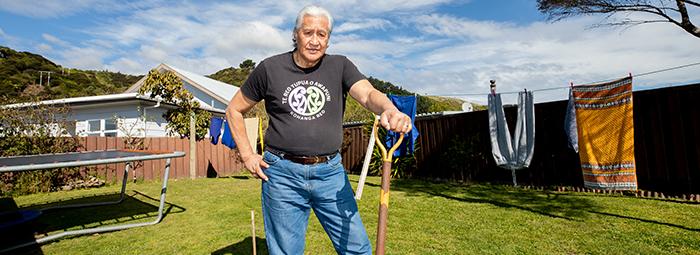
35 replies (Members only)
Mei Leng Wong Reporter from NZ Gardener & Get Growing
Dear neighbours, every month, NZ Gardener runs a series of tested reader recipes using a seasonal crop. This month, we're on the hunt for onion recipes! Send your best ones to mailbox@nzgardener.co.nz by April 20, 2023. Every published recipe wins a copy of the June issue of NZ Gardener.
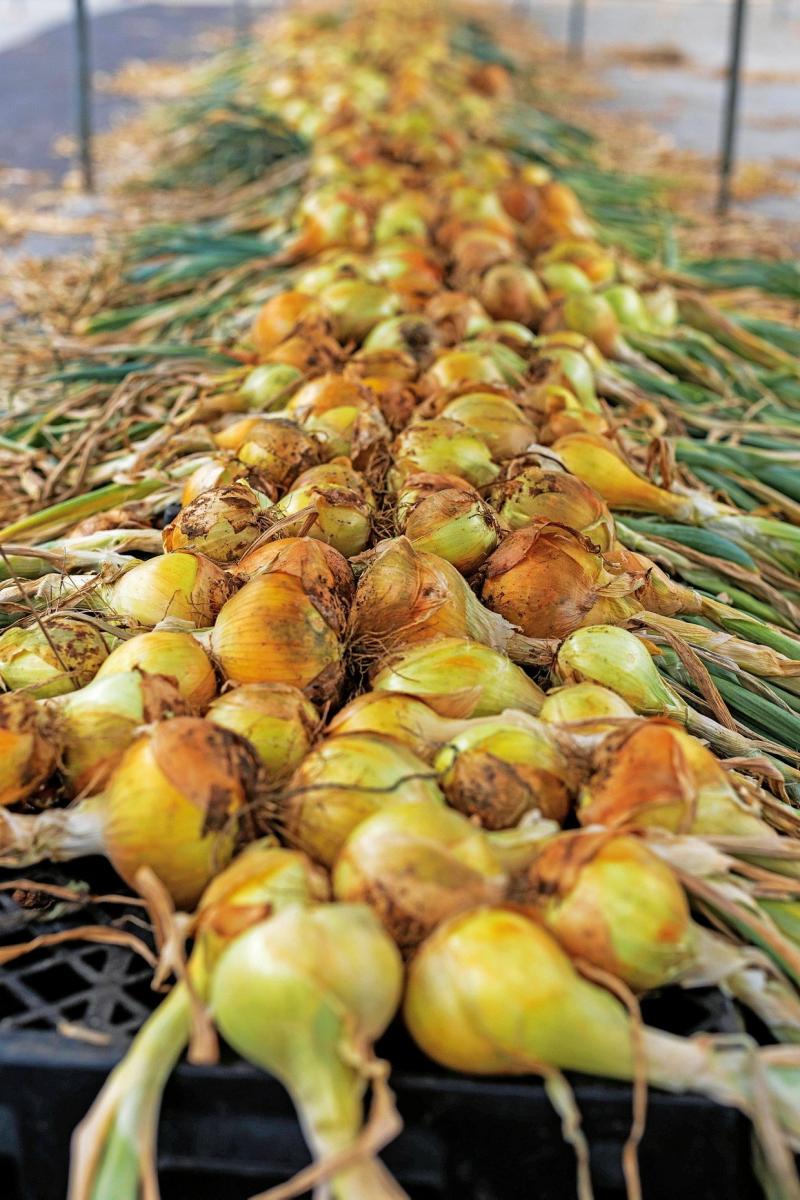
The Team from NZ Compare
Over 360 Household Heroes across the nation were nominated by you to win $350! This country is full of amazing Kiwis who are keeping things running at home no matter what! You’re all heroes!
BUT there can only be one winner, was it you? Find out who WON $350 towards their Broadband and Power … View moreOver 360 Household Heroes across the nation were nominated by you to win $350! This country is full of amazing Kiwis who are keeping things running at home no matter what! You’re all heroes!
BUT there can only be one winner, was it you? Find out who WON $350 towards their Broadband and Power bill!

Spoil the Mum in your life with a subscription to NZ’s favourite gardening magazine.
For only $79 get 12 issues of NZ Gardener PLUS 5 Oriental Lily Bulbs worth $17 RRP from NZ Bulbs. Since 1957, NZ Bulbs has been supplying top quality bulbs to New Zealand gardeners. This family-owned business… View moreSpoil the Mum in your life with a subscription to NZ’s favourite gardening magazine.
For only $79 get 12 issues of NZ Gardener PLUS 5 Oriental Lily Bulbs worth $17 RRP from NZ Bulbs. Since 1957, NZ Bulbs has been supplying top quality bulbs to New Zealand gardeners. This family-owned business has shipped hundreds of spring and summer flowering bulbs and tubers all over New Zealand from their base near Feilding.
Offer valid until 11:59pm 14 May 2023. For full terms and conditions click here.
Happy Mother’s Day
Find out more

Pauline from Rangiora
Stainless steel as in pic only 3 teaspoons but 6 to 8 of all others 0212095513 if interested great for those extra guests
Price: $5

Elisabeth from Rangiora
Brand new beautiful white with hearts tunic dress. Size medium.
Price: $10

Em Neighbourly Lead from Woodend
The woodend traffic light is malfunctioning (going red when noones waiting to cross) and traffic is very heavy on sh1 from chch toward ravenswood. Try to avoid it if you can.
11 replies (Members only)
We have now branched out and have started to do a lot more than just making your home look great with painting and decorating
our new additional services are;
Lawn mowing
Gardening
Rubbish removal
House washing
Water blasting drive ways and paths.
Odd jobs that need doing but you are short … View moreWe have now branched out and have started to do a lot more than just making your home look great with painting and decorating
our new additional services are;
Lawn mowing
Gardening
Rubbish removal
House washing
Water blasting drive ways and paths.
Odd jobs that need doing but you are short on time or manpower.
And of course any painting and decorating to keep your home protected from the elements and looking good.
Enviro Painters Ltd are a professional and friendly company that prides itself on customer satisfaction.
We specialise in all aspects of painting and decorating and house and garden maintenance be it your new home or renovation interior or exterior.
All staff are Trade Qualified and i have over 30 years in the trade giving you peace of mind that you will be dealing with a professional. We service all of North Canterbury and Christchurch.
I Look forward to meeting you onsite to discuss your project.
021 226 8476
Enviropaintersltd.co.nz

Nicole Mathewson Reporter from Northern Outlook
From local democracy reporter David Hill:
Community collaboration has led to an online resource to help people tackle mental health issues.
Social Services Waimakariri, Together Hurunui and the Waimakariri and Hurunui district councils have joined forces to create the nextsteps.org.nz … View moreFrom local democracy reporter David Hill:
Community collaboration has led to an online resource to help people tackle mental health issues.
Social Services Waimakariri, Together Hurunui and the Waimakariri and Hurunui district councils have joined forces to create the nextsteps.org.nz website, which brings together information about North Canterbury’s social services.
Waimakariri District Council community development facilitator Rachel Thornton said the new online resource came out of the Covid-19
experience.
The website built on the Ministry for Social Development funded community connector service, known locally as the next steps facilitator service, she said.
‘‘After Covid there were a number of vulnerable people and the challenge we had was how do we get information out to them.’’
The website allowed people to help themselves to take the next steps to improve their mental wellbeing.
‘‘Those of us who work in the social service sector, we know who the counsellors are, but the general public doesn’t necessarily know, so how do we make it easy for them?’’
Social Services Waimakariri facilitator Nicki Carter said the website showcased all of the social service and community organisations serving the North Canterbury area.
It was designed to avoid duplication and to use resources more efficiently.
‘‘In the Waimakariri we are national leaders in this space, so it is definitely a concept which might get picked up elsewhere in the country.’’
Waimakariri mayor Dan Gordon said the new website was a great resource for the community.
‘‘While the initial shock of Covid-19 is gone we know this will not be the last event our country faces and it is important we learn from previous events.
"Having all this information in one place, with support specific to North Canterbury, is a fantastic resource and I applaud all our communities’ providers for working together to make this happen.
‘‘The information is non-threatening, accessible and provided in an empowering way that will connect with a lot of our residents when they need support.’’
The website posed questions to direct people to the help they needed and was entirely online and anonymous, Thornton said.
It begins by asking if you are in immediate danger (call 111) or just need to talk (call / text 1737).
The website has sections including physical, mental and emotional wellbeing, economic and business, and family and social.
 Loading…
Loading…
Are you sure? Deleting this message permanently removes it from the Neighbourly website.
 Loading…
Loading…

 Price Upon Application
Price Upon Application
 Marketed by Christine Tallott
Marketed by Christine Tallott
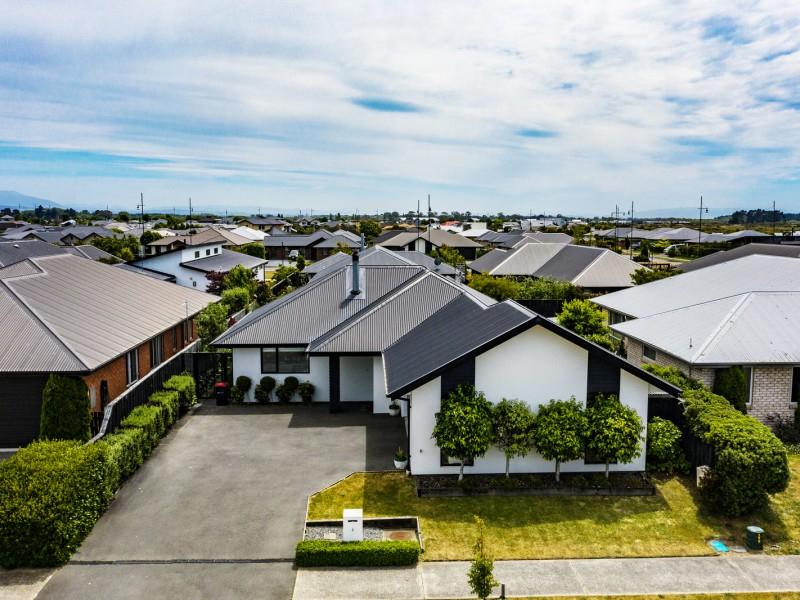
 Deadline Sale
Deadline Sale



 Marketed by Kiara Tinirau-Philps
Marketed by Kiara Tinirau-Philps
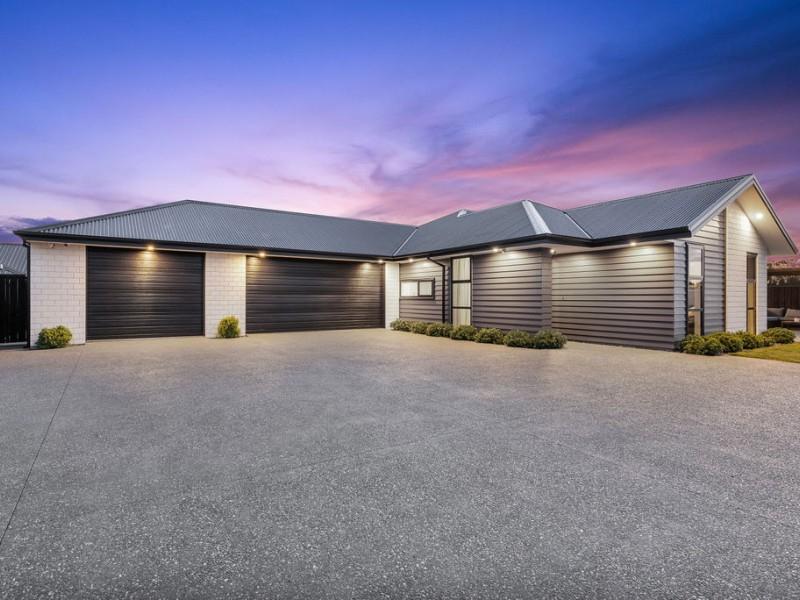
 Auction
Auction



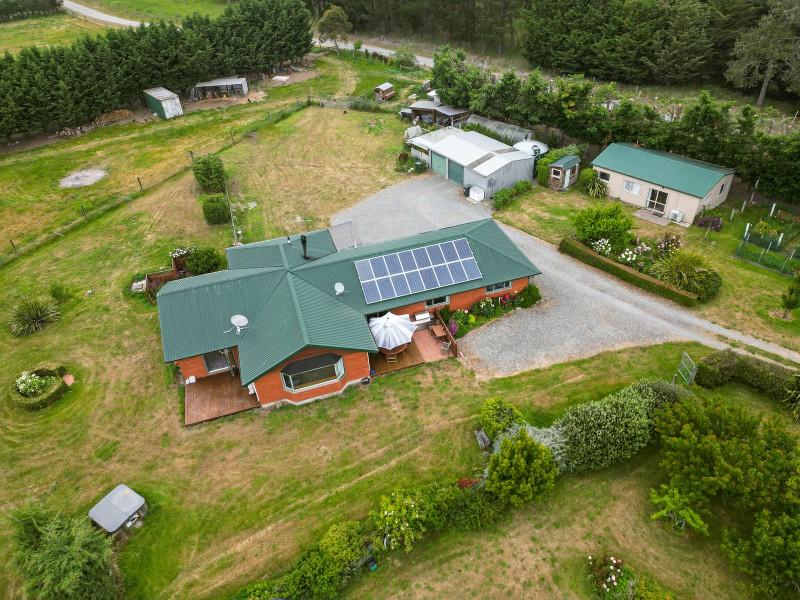
 Deadline Sale
Deadline Sale



 Marketed by Kiara Tinirau-Philps
Marketed by Kiara Tinirau-Philps
© Neighbourly 2025
